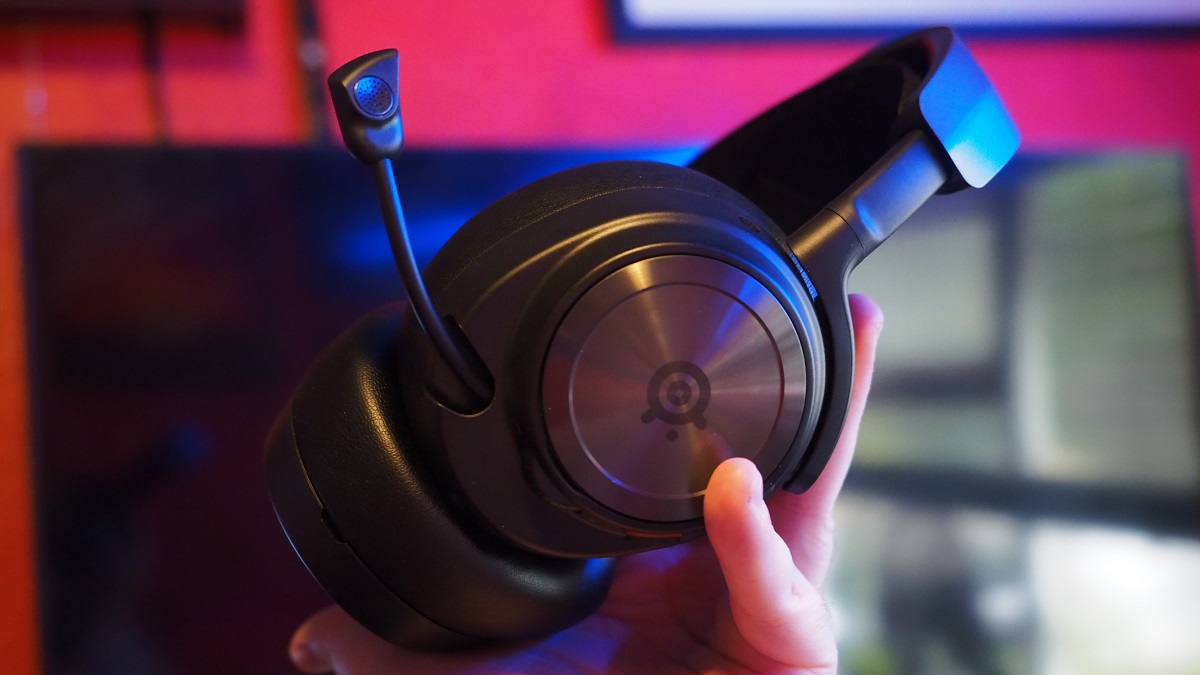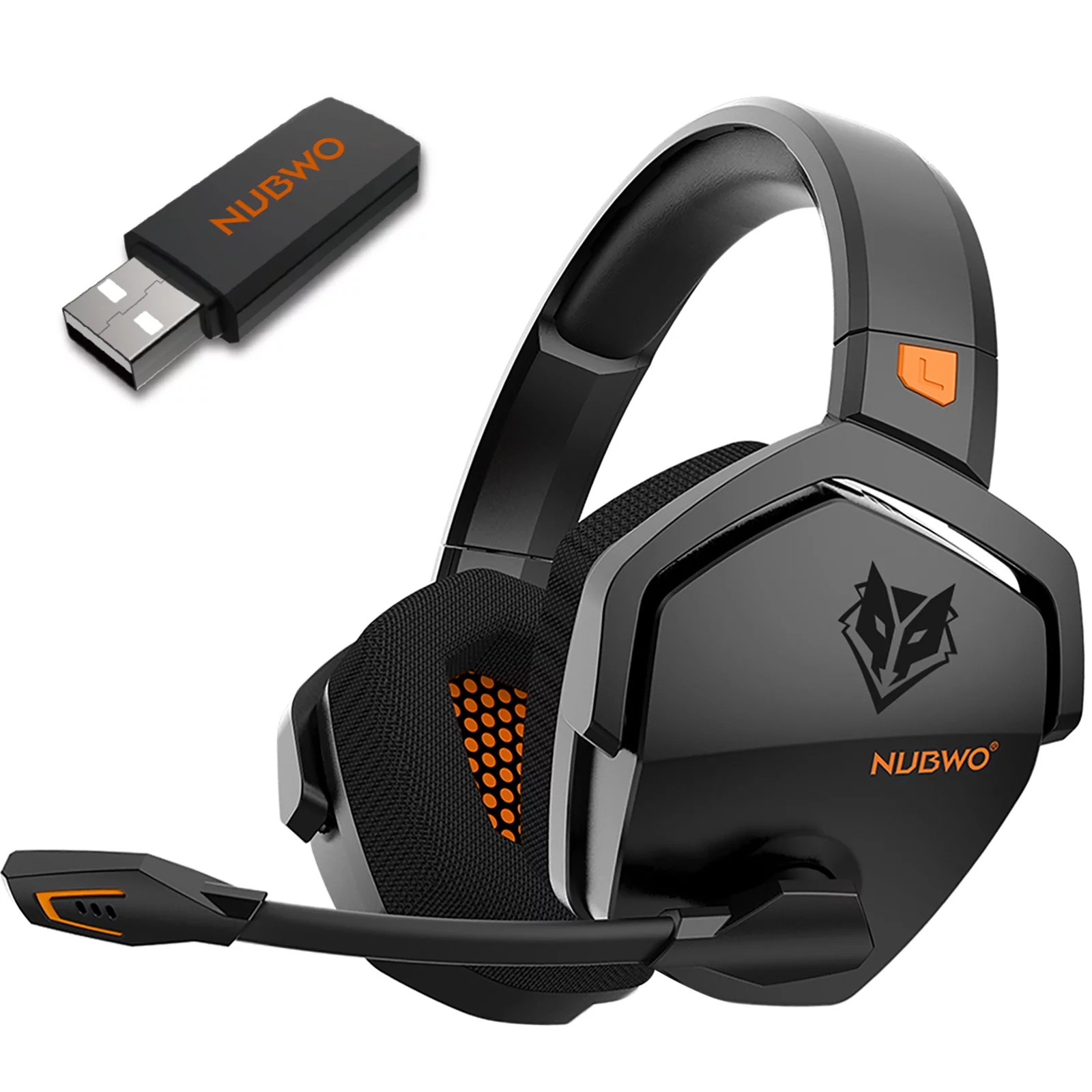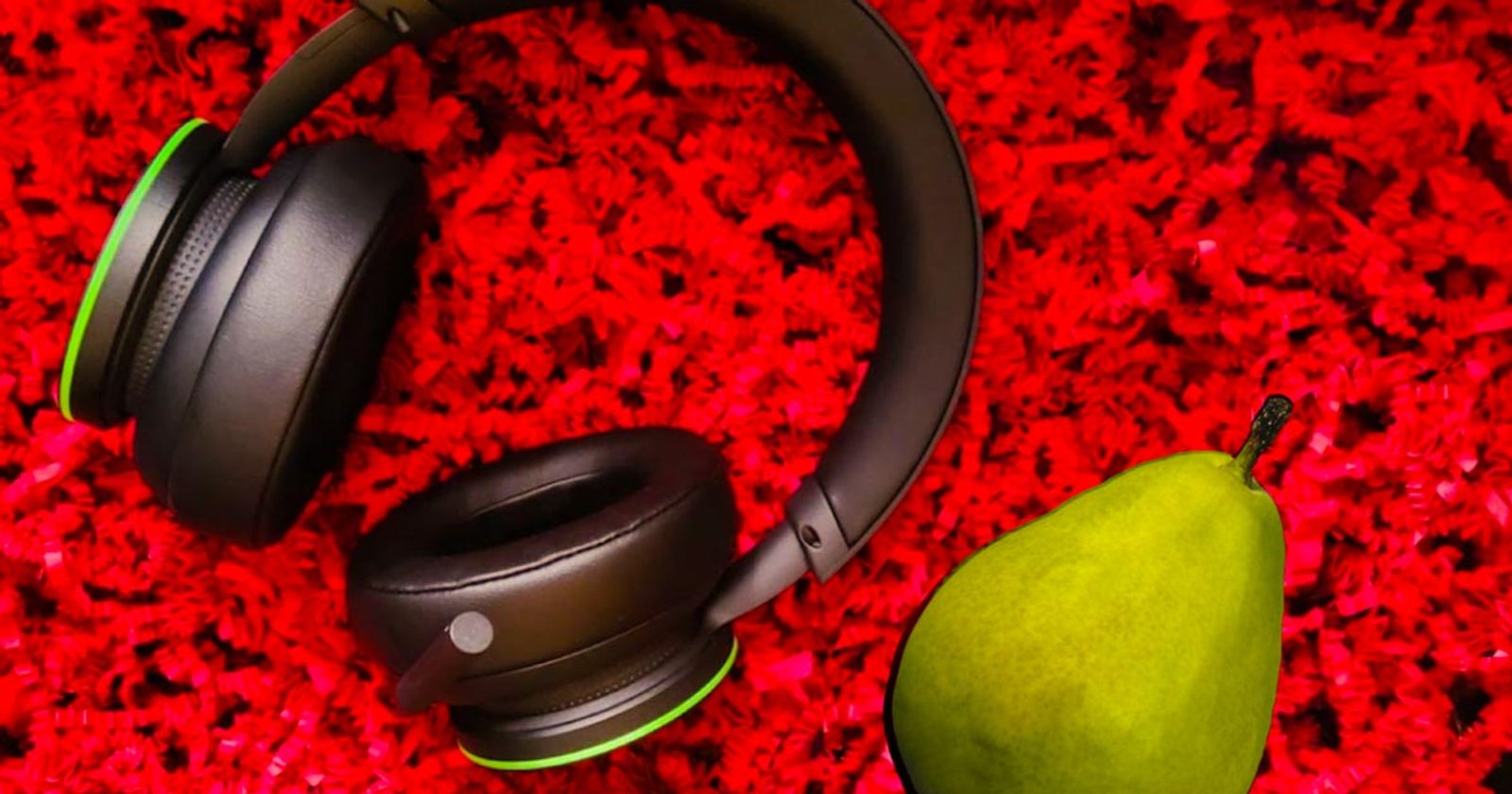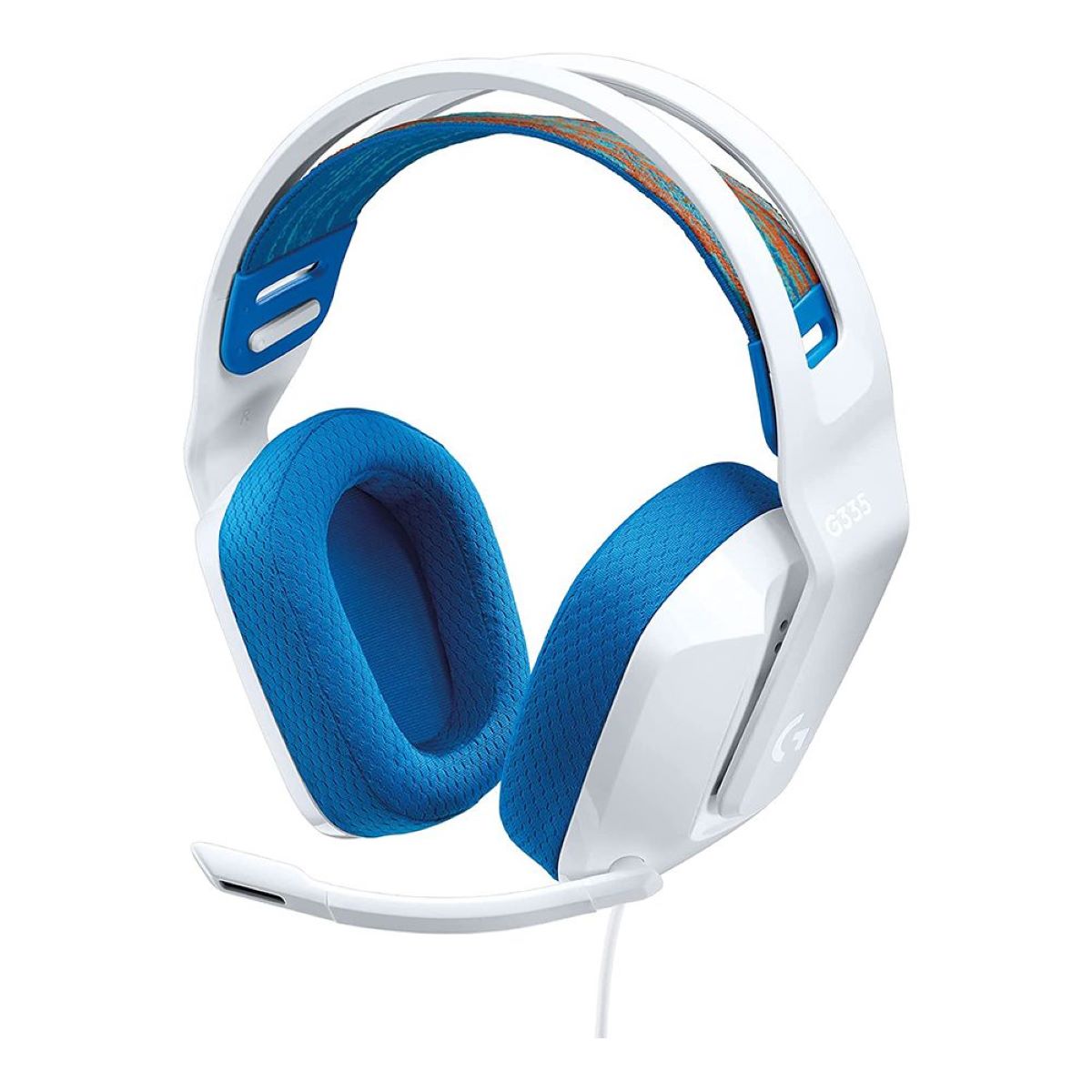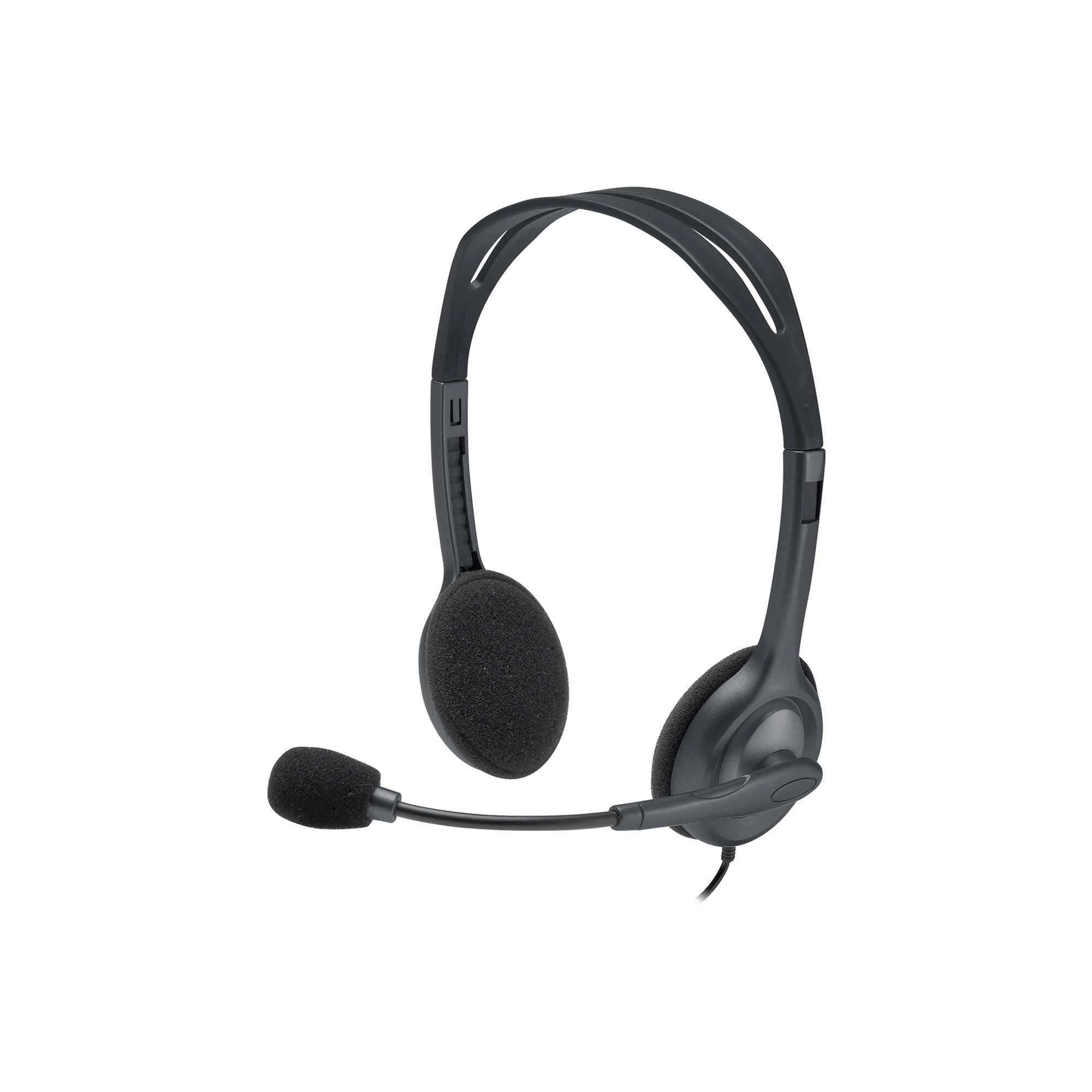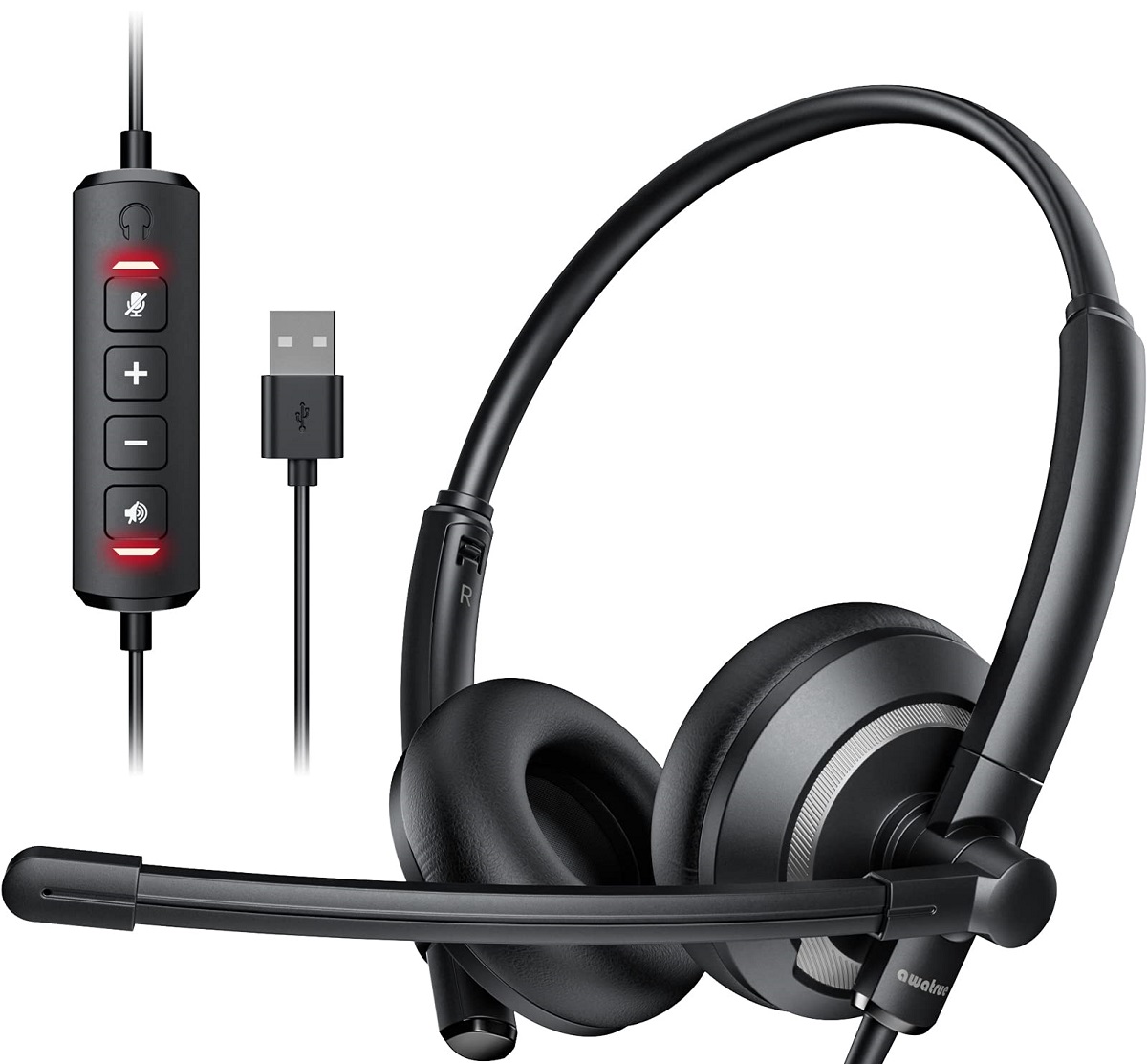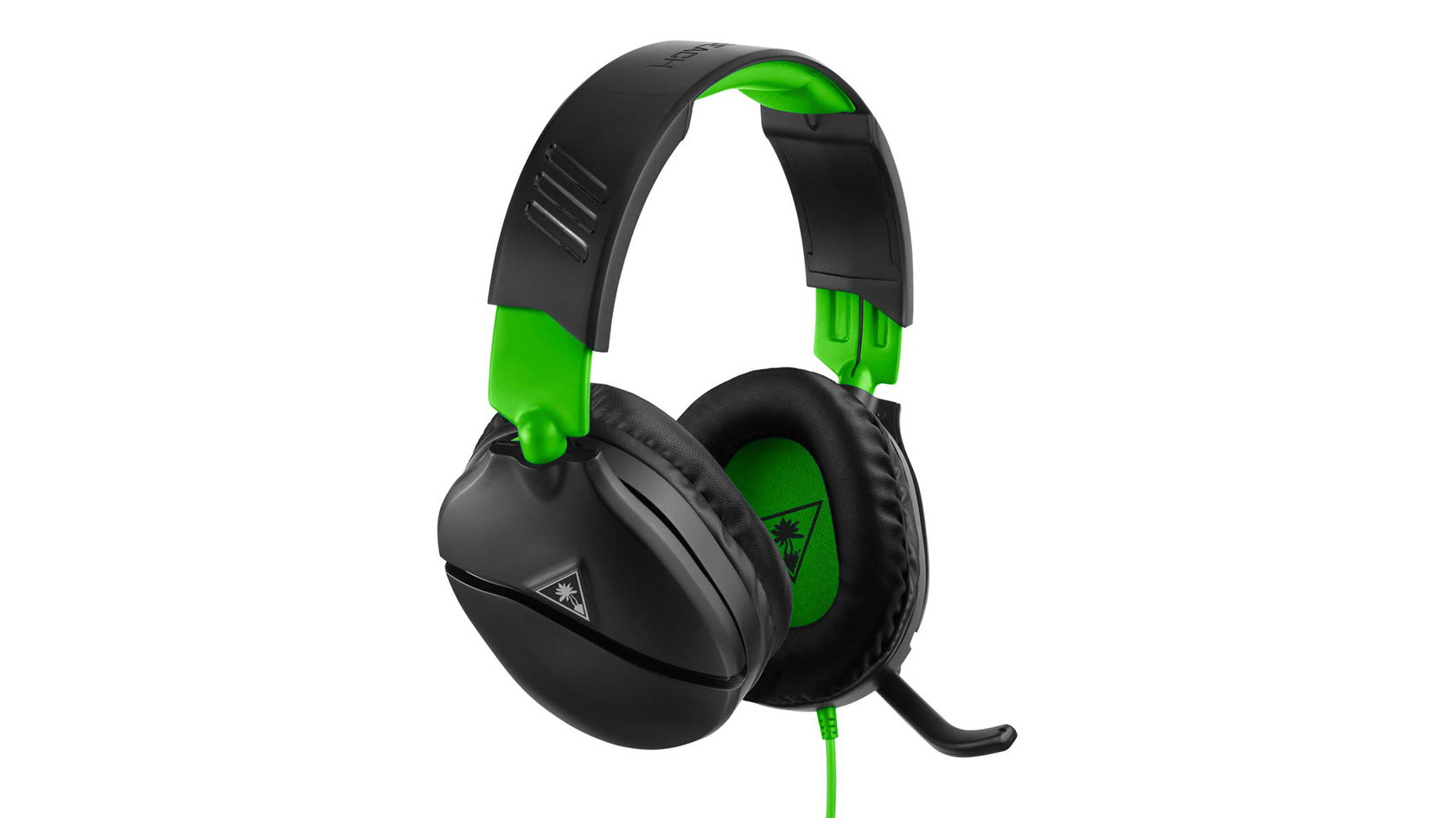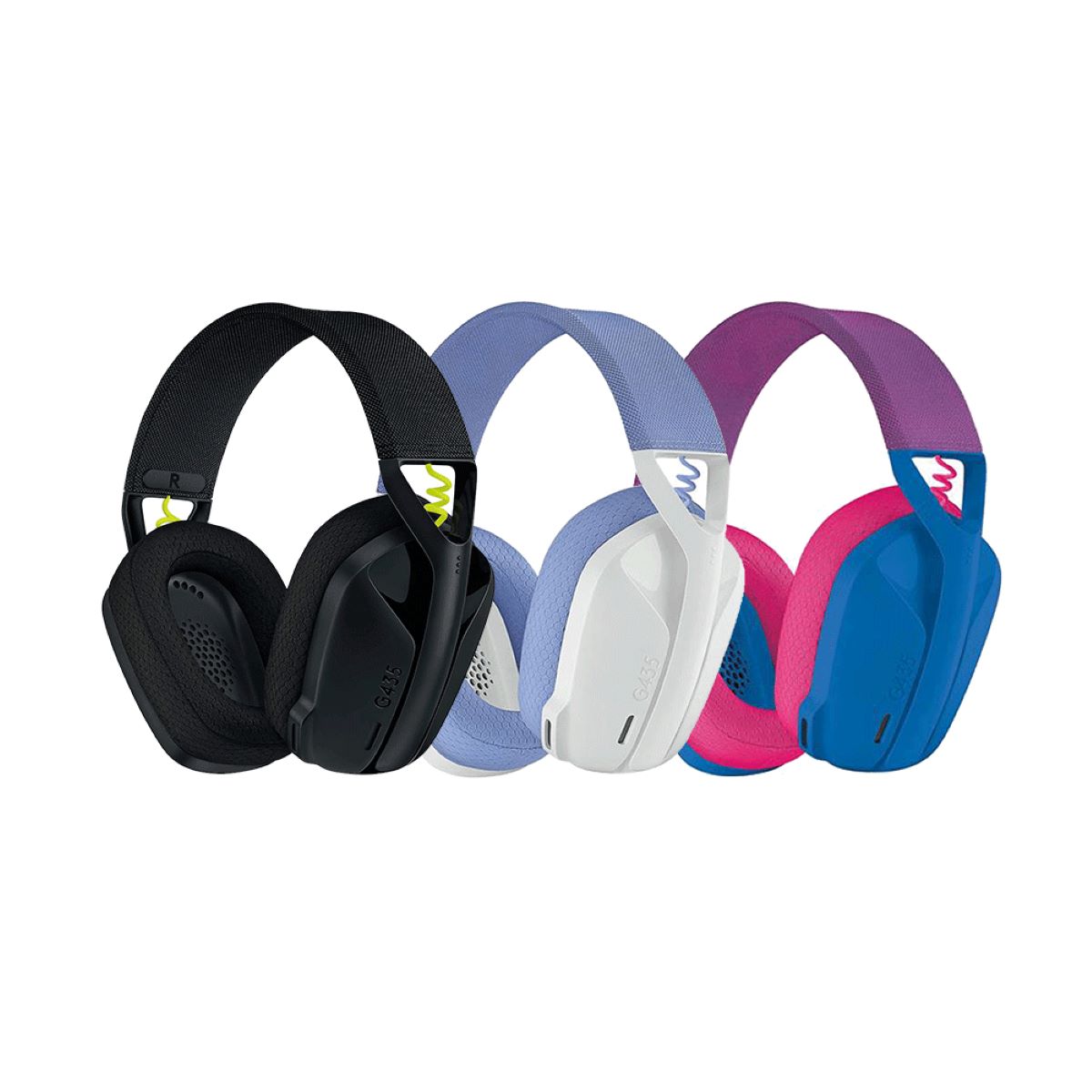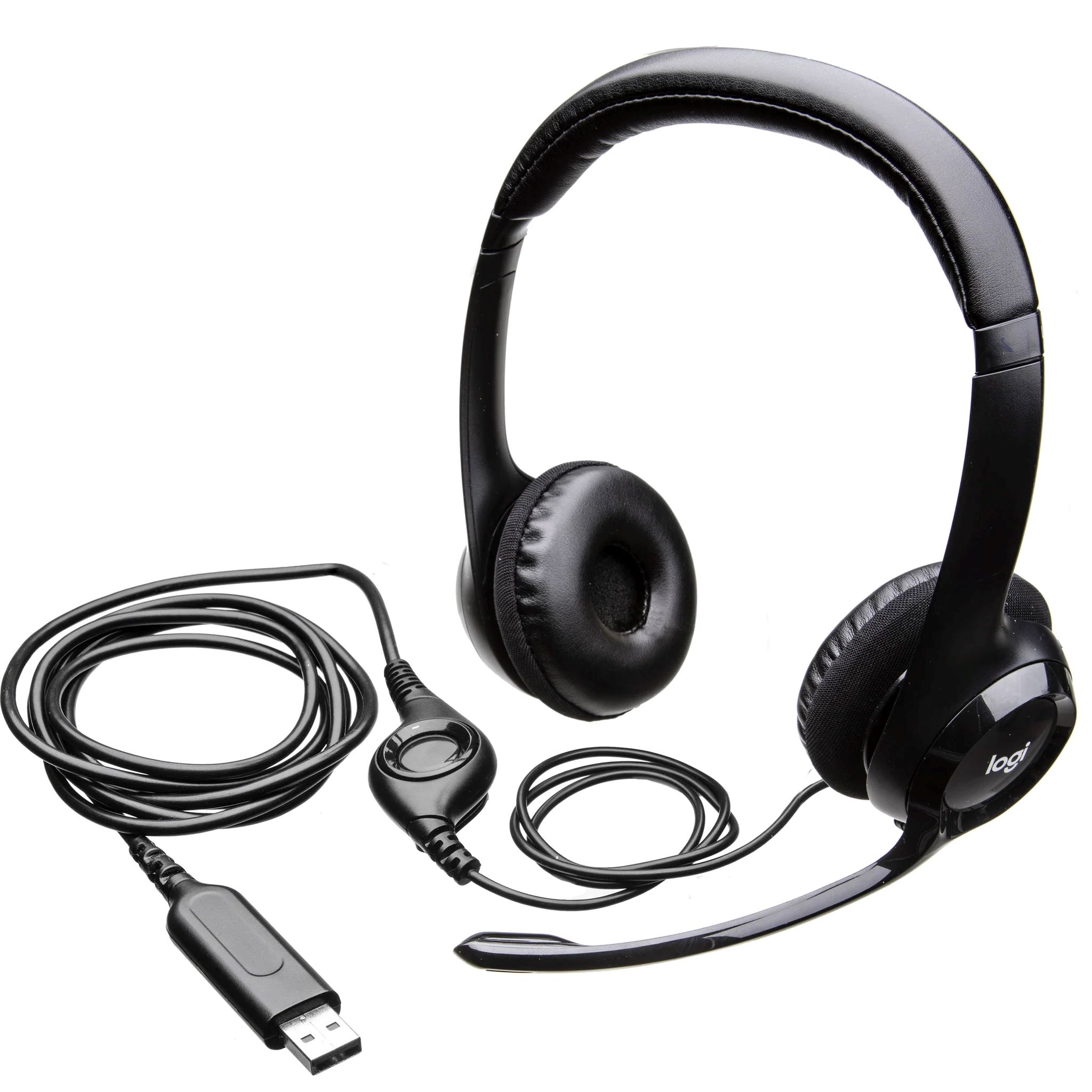Introduction
In today's digital age, where virtual communication has become a staple of daily life, the importance of a reliable headset microphone cannot be overstated. Whether you're engaging in video calls, online gaming, or content creation, ensuring that your headset microphone functions optimally is crucial for clear and effective communication.
Windows 10, as one of the most widely used operating systems, provides a range of tools and settings to help users test and troubleshoot their headset microphones. Whether you're using a dedicated gaming headset, a professional-grade microphone, or the built-in microphone on your laptop or desktop, Windows 10 offers a user-friendly interface to streamline the process of testing and optimizing microphone performance.
In this comprehensive guide, we will delve into the intricacies of testing and troubleshooting headset microphones in Windows 10. From checking microphone settings to conducting microphone tests, this guide aims to equip you with the knowledge and tools needed to ensure that your headset microphone operates flawlessly on your Windows 10 system. Whether you're a seasoned tech enthusiast or a novice user, this guide will walk you through the essential steps to optimize your headset microphone's performance.
So, if you've ever found yourself struggling with unclear audio during online meetings, experiencing glitches in your gaming headset microphone, or encountering difficulties in recording high-quality audio, this guide is tailored to address these common issues and provide practical solutions. By the end of this guide, you will have a comprehensive understanding of how to leverage Windows 10 to test, troubleshoot, and optimize your headset microphone, thereby enhancing your overall digital communication experience.
Checking Microphone Settings in Windows 10
Before delving into the actual testing and troubleshooting of your headset microphone, it's essential to ensure that your microphone settings in Windows 10 are properly configured. These settings play a pivotal role in determining the functionality and performance of your headset microphone. Here's a step-by-step guide to checking and adjusting your microphone settings in Windows 10:
-
Accessing Sound Settings: To begin, navigate to the "Settings" app on your Windows 10 system. Once there, click on the "System" option, followed by "Sound" in the left-hand menu. This will open the Sound settings, where you can manage various audio devices, including microphones.
-
Selecting Input Device: In the Sound settings, locate the "Input" section, which displays the available input devices, including microphones. Ensure that your headset microphone is correctly recognized and selected as the default input device. If it's not the default device, click on your headset microphone from the list of input devices to set it as the default.
-
Adjusting Microphone Levels: Under the Input section, you will find the microphone volume slider. It's crucial to verify that the microphone volume is appropriately adjusted to avoid distorted or inaudible audio. Test the microphone by speaking into it, and adjust the volume slider until the input level reflects your voice clearly without peaking into the red zone.
-
Configuring Microphone Properties: Click on "Device properties" below the volume slider to access advanced settings for your headset microphone. Here, you can fine-tune additional features such as microphone enhancements, spatial sound, and exclusive mode. Depending on your specific microphone model and preferences, you can customize these settings to optimize the audio input.
-
Testing Microphone Input: To ensure that your headset microphone is functioning as expected, Windows 10 provides a convenient "Test your microphone" feature. Click on "Test your microphone" and follow the on-screen prompts to verify the audio input quality and volume. This test allows you to gauge the microphone's performance and make further adjustments if necessary.
By meticulously checking and adjusting the microphone settings in Windows 10, you lay the groundwork for a seamless testing and troubleshooting process. These preliminary steps are instrumental in ensuring that your headset microphone is ready for testing and that any potential issues can be addressed effectively.
Testing Headset Microphone in Windows 10
Once you have verified and adjusted the microphone settings in Windows 10, it's time to proceed with the actual testing of your headset microphone. This crucial step allows you to evaluate the microphone's performance, identify any potential issues, and make necessary adjustments to ensure optimal functionality. Here's a comprehensive walkthrough of the testing process for your headset microphone in Windows 10:
Sound Recorder Test
-
Accessing Sound Recorder: Windows 10 includes a built-in app called "Sound Recorder" that enables you to capture and playback audio recordings. To initiate the test, search for "Sound Recorder" in the Windows search bar and open the app.
-
Recording Audio: With the Sound Recorder app launched, click on the "Start Recording" button and speak into your headset microphone. Enunciate clearly and maintain a consistent volume during the recording to gauge the microphone's input quality.
-
Playback and Analysis: After recording a brief audio snippet, stop the recording and play it back within the app. Listen attentively to the playback to assess the clarity, volume, and any potential distortions in the recorded audio. This step provides valuable insights into the microphone's performance and helps in identifying any anomalies.
Voice Recorder App Test
-
Accessing Voice Recorder: Another native app available in Windows 10 is the "Voice Recorder" app, which offers similar functionality to the Sound Recorder. Launch the Voice Recorder app through the Windows search bar.
-
Recording and Playback: Utilize the Voice Recorder app to capture a brief audio clip using your headset microphone. Speak naturally and ensure that the microphone captures your voice accurately. Once the recording is complete, play it back within the app to assess the audio quality and detect any irregularities.
Communication Apps Test
-
Testing in Communication Platforms: If your primary use of the headset microphone involves communication apps such as Skype, Zoom, Microsoft Teams, or Discord, it's essential to conduct tests within these specific platforms. Initiate test calls or join test meetings within these apps to evaluate the microphone's performance in a real-time communication scenario.
-
Soliciting Feedback: During these test calls or meetings, request feedback from other participants regarding the clarity and quality of your audio input. This external feedback can provide valuable insights into how your microphone performs in practical communication settings.
By systematically conducting these tests, you gain a comprehensive understanding of your headset microphone's performance in various scenarios. Any issues identified during the testing phase can be addressed through further adjustments to the microphone settings or, if necessary, seeking professional assistance to rectify hardware-related issues. Ultimately, the testing process equips you with the knowledge needed to ensure that your headset microphone operates optimally within the Windows 10 environment.
Troubleshooting Common Microphone Issues in Windows 10
Microphone issues can be a source of frustration, especially when they impede seamless communication and audio recording. Fortunately, Windows 10 offers a range of troubleshooting methods to address common microphone issues effectively. By systematically diagnosing and resolving these issues, you can restore your headset microphone's functionality and ensure a smooth user experience.
Checking Hardware Connections
The first step in troubleshooting microphone issues is to verify the physical connections of your headset or external microphone. Ensure that the microphone is securely plugged into the correct audio jack or USB port on your device. If you're using a wireless headset with a detachable microphone, confirm that the microphone is properly attached and aligned. Additionally, inspect the headset's cable for any signs of damage that may affect the microphone's connectivity.
Updating Audio Drivers
Outdated or incompatible audio drivers can often lead to microphone malfunctions. Windows 10 provides a straightforward method to update audio drivers through the Device Manager. Access the Device Manager, locate the "Audio inputs and outputs" section, and right-click on your microphone device. Select "Update driver" and follow the on-screen instructions to install the latest driver updates. Updated drivers can resolve compatibility issues and enhance the microphone's performance.
Adjusting Privacy Settings
Windows 10 includes privacy settings that govern access to microphone functionality for apps and services. If certain applications are unable to access your microphone, it's essential to review and adjust the privacy settings accordingly. Navigate to the "Privacy" section in the Settings app, select "Microphone", and ensure that the "Allow apps to access your microphone" option is enabled. You can also individually manage app permissions to ensure seamless microphone access for specific applications.
Disabling Exclusive Mode
In some cases, the "Exclusive mode" feature within microphone properties can lead to conflicts and prevent applications from utilizing the microphone effectively. To address this, access the microphone properties through the Sound settings, navigate to the "Advanced" tab, and uncheck the "Allow applications to take exclusive control of this device" option. Disabling exclusive mode can resolve compatibility issues and allow multiple applications to access the microphone simultaneously.
Conducting System Updates
Windows 10 regularly releases updates to address system vulnerabilities and enhance hardware compatibility. Ensuring that your operating system is up to date can significantly mitigate microphone issues caused by software inconsistencies. Navigate to the "Update & Security" section in the Settings app and check for any available updates. Installing the latest Windows 10 updates can address underlying system issues that may affect microphone functionality.
By systematically addressing these common microphone issues in Windows 10, you can effectively troubleshoot and resolve potential obstacles to your headset microphone's optimal performance. Whether it's rectifying hardware connectivity issues, updating drivers, adjusting privacy settings, or optimizing system configurations, Windows 10 provides a comprehensive framework to diagnose and mitigate microphone-related challenges. Through these troubleshooting methods, you can ensure that your headset microphone operates seamlessly within the Windows 10 environment, facilitating clear and uninterrupted communication across various applications and scenarios.







